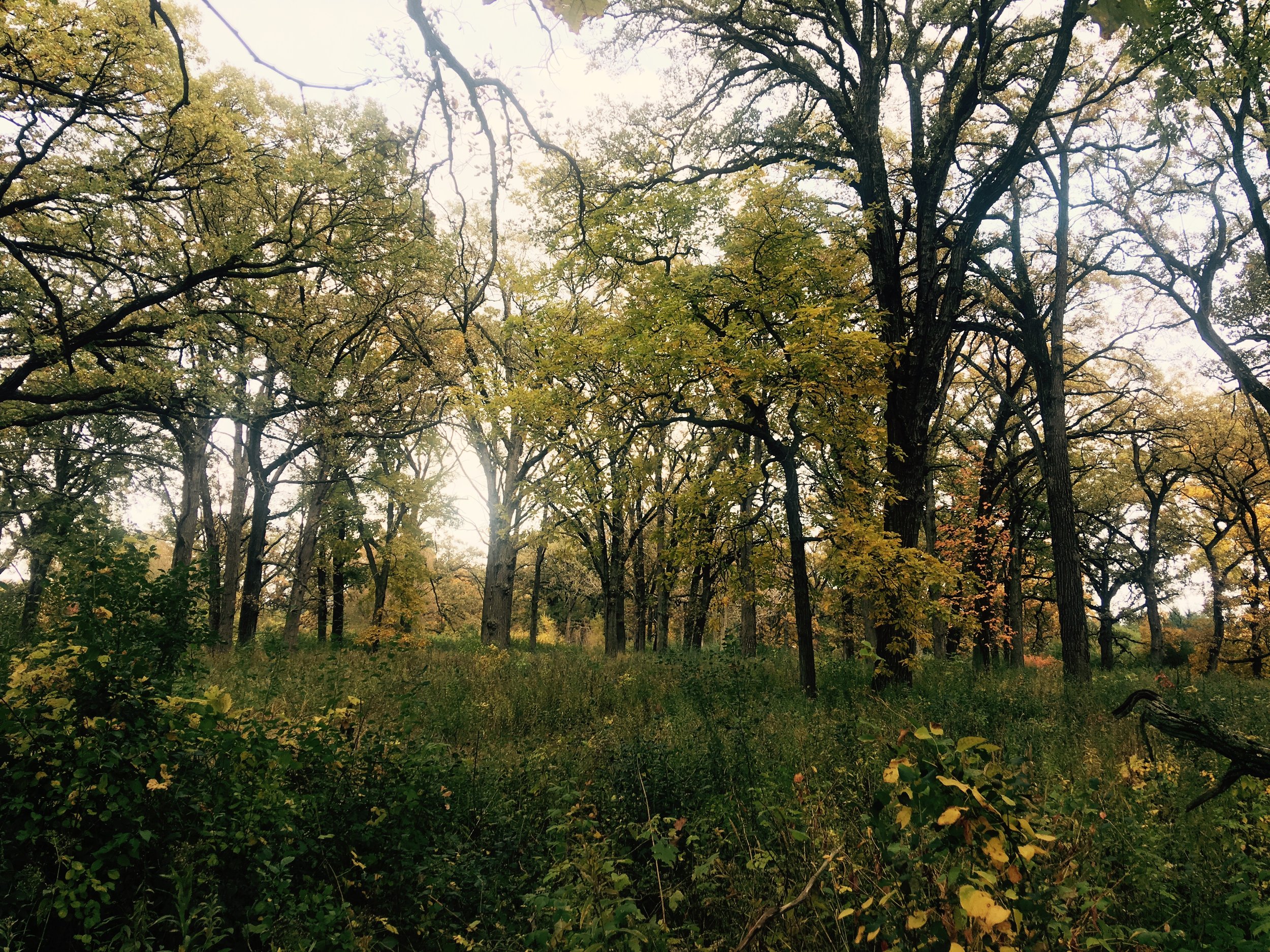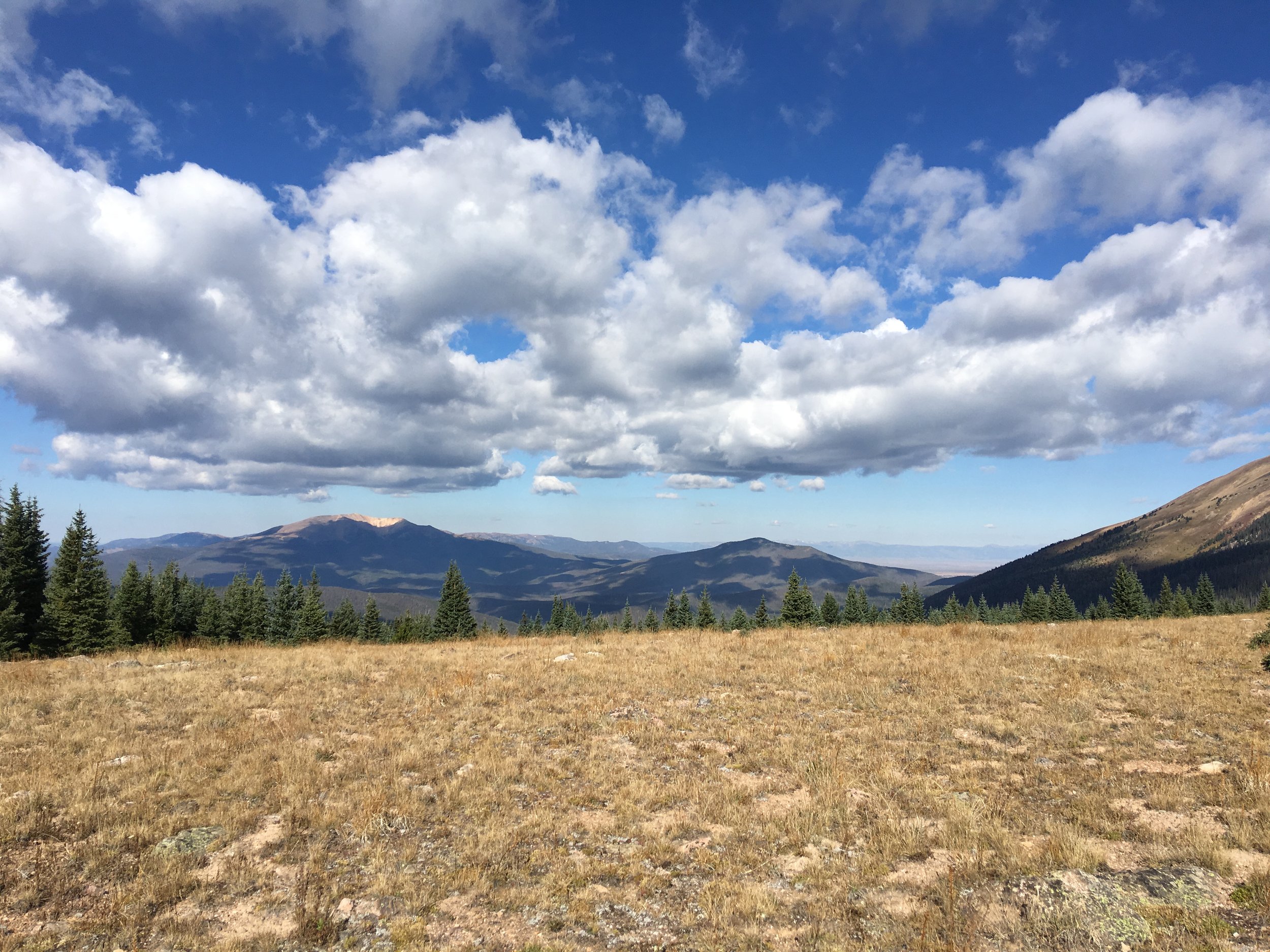
Offerings
Within all the different modalities, Christa will use what the client needs and what she thinks is best to resolve any discomforts or issues seen in the body. Sessions can be active in order to get the body to open up and increase range of motion in the joints.
-
Massage
Deep Tissue: Deep Tissue massage is more of a dynamic technique that helps release tension deep in the muscles and connective tissues. It is often firm and targeted, with the therapist and client collaborating on best to target the source of pain.
Trigger Point Release: TPR is a procedure using hands or tools to relax tension and relieve pain in muscles that contain trigger points. Manual techniques involving pressure and stretching muscles are used. Trigger Points are sensitive areas of tight muscle fibers and can form in your muscles after injuries or overuse, and they can cause strain and pain throughout the muscle. . TP’s can refer to different areas of the body, sometimes causing pain in areas unrelated to the actual muscle that has the issue.
MyoFascial release: MyoFascial release is a manual therapy technique often used to help patterns in the myofascial tissues — the tough membranes that wrap, connect and support your muscles. Your fascial system in your body is a main player in daily life.
NMT (neuromuscular therapy): NMT is a highly specialized form of medical massage therapy that utilizes treatment protocols to find and release trigger points in muscle and tendon that are causing pain and dysfunction in the body.
IASTM (Instrument Assisted Soft Tissue Manipulation): IASTA is a treatment for myofascial restriction. IASTM uses specially designed instruments to provide a mobilizing effect to scar tissue and myofascial adhesions throughout the body.
Cupping (with plastic or silicon cups): Cups may be used on parts of your body to help assist in ROM and/or to release tension in muscles. Cupping is a form of traditional Chinese and Middle Eastern medicine and is used in a very specific way throughout the body. For the use with bodywork, the cups will help assist as a tool for muscle tension. A vacuum or suction inside the cups will force/pull the skin upward, forcing a different type of manual therapy on the muscles and fascia.
-
CST
CranioSacral Therapy (CST) was pioneered and developed by osteopathic physician John E. Upledger followed extensive scientific studies from 1975 to 1983 at Michigan State University, where he served as a clinical researcher and Professor of Biomechanics.
CST is a gentle, hands-on method of evaluating and enhancing the functioning of a physiological body system called the craniosacral system - comprised of the membranes and cerebrospinal fluid that surround and protect the brain and spinal cord. Using a soft touch generally no greater than 5 grams, or about the weight of a nickel, practitioners release restrictions in the craniosacral system, which has been shown to improve the functioning of the central nervous system, as well as many other systems of the body, such as digestive, musculoskeletal, respiratory, circulatory, and more. CST has also been shown to help with the physical components related to such somatic conditions as Post Traumatic Stress, depression and anxiety.
By facilitating the body's natural and innate healing processes, CST is increasingly used as a preventive health measure for its ability to bolster resistance to disease, and has been shown to be beneficial for people seeking help with a wide range of healthcare challenges and symptoms.
-

Pregnancy
Pregnancy Massage: Pregnancy massage can be done at 15 weeks (or second trimester) and after, depending on the pregnancy, the birthing person's health and doctors/midwives “ok”. The prenatal massage with target pain patterns specific to that body and pregnancy. Around 34 weeks we will check the baby's position and help find the best spot for mama and baby before losing too much space. After 37 weeks we can target the soft tissue structure of the hips and pelvic bowl to release and prepare for labor. Positions can be face-down, side-lying, semi-reclined or forward leaning depending on the stage and comfort of mama.
Postpartum Massage: After birth is a wonderful time to get a massage to help balance the newly postpartum body. You can schedule a PP massage whenever you feel ready and depending on the birth. A full body massage will coincide with some targeted work in order to help move blood and lymph throughout the body. Babies are welcome to join in order to give the birthing parent a chance to get some work and not be away for too long.
C-Section & Diastasis Help: Sometimes our plans don't go how we wished and after birth our bodies change and mold into something different. Not bad, not quite new, but different. We have become parents and changed the way we move through the world. When it comes to cesareans, planned or not, or getting our core stronger is a must. We have to release and help the changing body to its new form. Scar tissue from c-sections can cause an array of issues, throughout the whole system. I have been trained in checking for diastasis recti, in pregnancy and after, and can assist in visceral abdominal work, and/or breath work to help.

